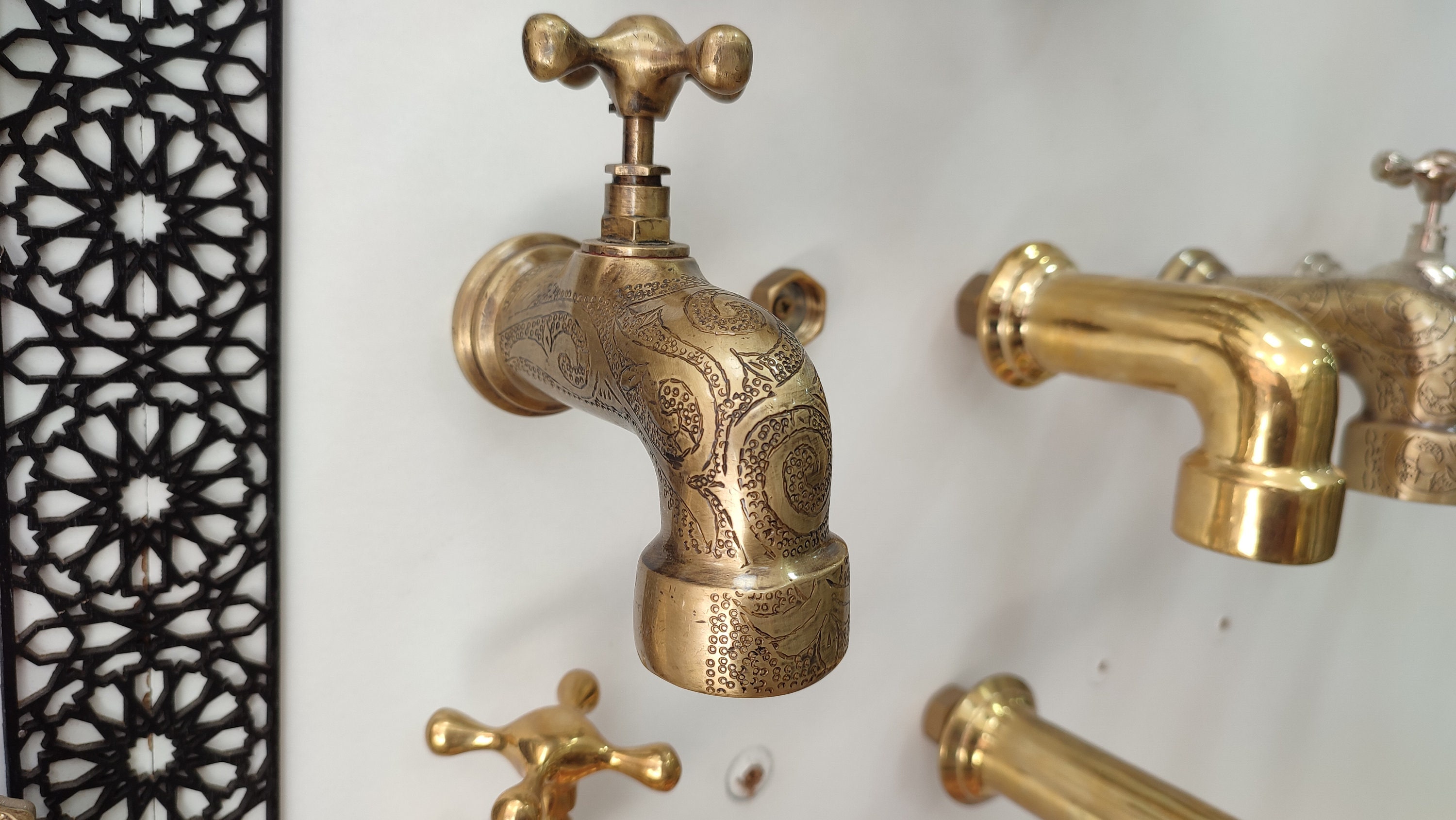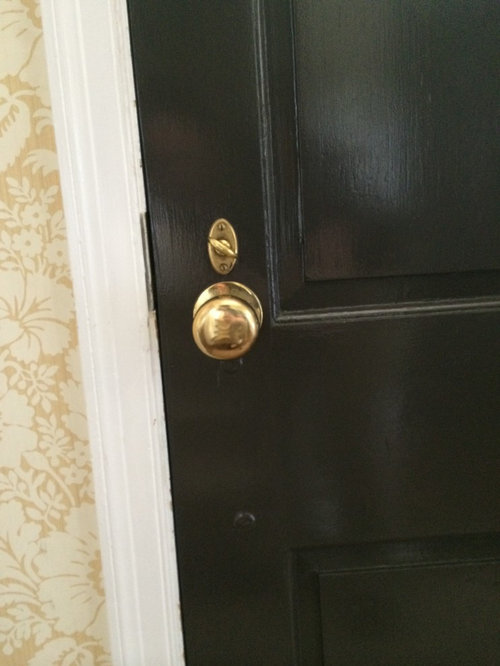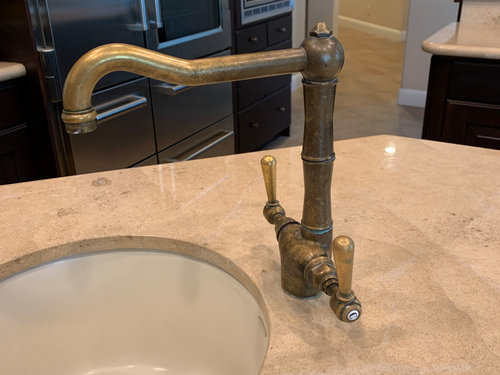
Next week’s post will go through the process he used to make the pull. We discussed the design and budget, and I gave him the green light to make a couple of door pulls clearly related to the Lebus original, but simpler (because budget…). Not only is Adam an accomplished sculptor with a broad range of techniques he’s also very good at solving problems and coming up with ways to produce a desired effect without breaking the bank. So I contacted metal artist Adam Nahas of Cyclops Studios, who has fabricated custom hardware for some of my other pieces. antiques dealers Puritan Values, but the version they have on offer is too large for a small door like the one on the bedside cabinet. What would have been perfect is a reproduction Lebus pull such as this one, available through U.K. The latch was fine for the customer’s needs, but it was not really right for the piece. To keep costs down, I fitted it with a salvaged surface-mounted latch. I based some critical details of the design on a line of work manufactured by Harris Lebus of Tottenham, though that company never made a piece like it. One of the pieces I wanted to take is a bedside cabinet I built several years ago for a commission.

(Mark will get to savor the minimalist surroundings he always claims to wish for when our kitchen/dining table and sideboard are gone.)

So I decided to follow Michael Fortune’s advice and take pieces that were already made, borrowing them from others and raiding our own home. I couldn’t say no to the opportunity I’d wanted to be part of the event for years, but it has always been exceedingly hard to get in. There was no time to build anything new–well, other than an end wall for my booth–because I was already juggling multiple deadline jobs at the bench (and at the keyboard). This is beneficial for installations with lower or undetermined ceiling heights.After I accepted Bruce Johnson’s completely-out-of-the-blue invitation to exhibit my work at the 32nd Annual Grove Park Inn Arts and Crafts Conference in Asheville this February, I scrambled to find some pieces to take. Fixture length may be adjusted to a shorter measurement on site at the time of installation. Extra cording (approximately 6") is added for installation purposes, and is not deducted from the Fixture Length measurement that you choose. The lacquer will usually last for several years, but may eventually wear off.įixture Length Adjustment - Fixture length measurement is the distance from the top of the fixture canopy where it will touch your ceiling to the bottom of the light. We will coat the metal with a lacquer spray that will protect it from oxidization, but there is an additional fee for this service. If you desire for the copper or brass components of your light to remain bright and shiny for as long as possible, select the lacquered finish.

If you choose to leave the fixture unlacquered as we suggest, then you will always have the option of either letting it naturally patina and age, or polishing it back to a bright "new" finish (steel wool or suitable metal polish is usually the simplest way to accomplish this).

The beautiful, natural patina of these metals is usually a desirable benefit to the material. This is the natural progression of the patina, and may take anywhere from a month to several years, depending on the environmental conditions surrounding it. This means that the canopy and cages, once given the final cleaning before packing, will begin to turn from bright shiny pink (copper) or gold (brass) to orangeish, and eventually to dark brown, and even green. Oxidization is normal, and to be expected. Finish Details - Unlacquered copper or brass is left in its raw, natural state.


 0 kommentar(er)
0 kommentar(er)
